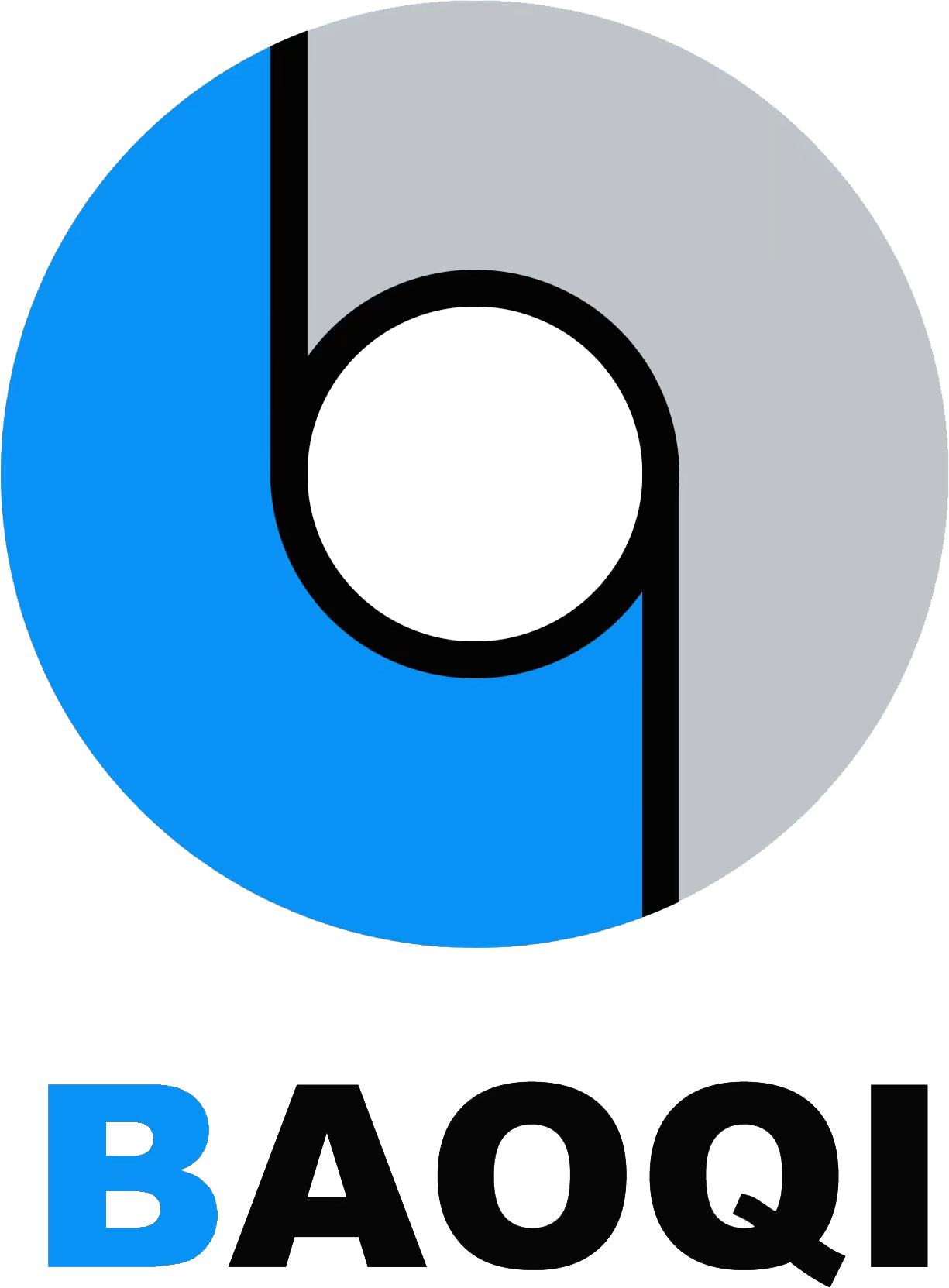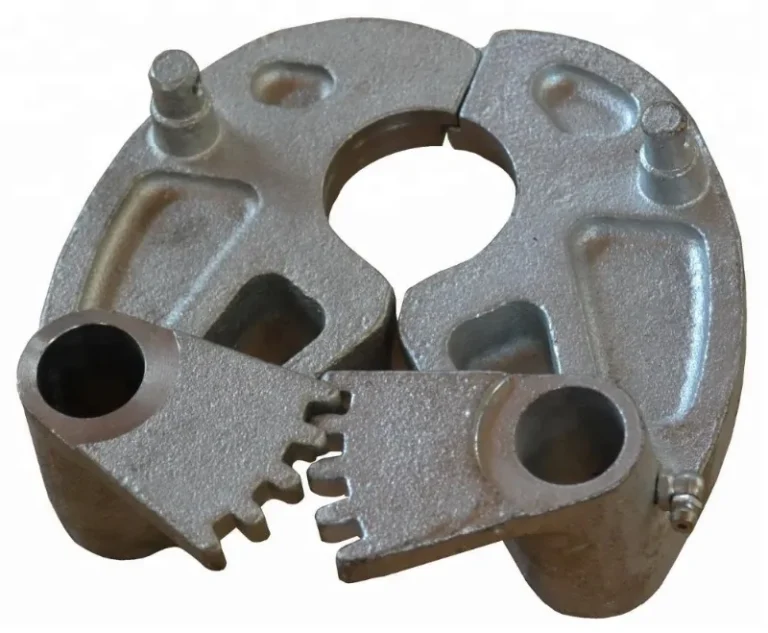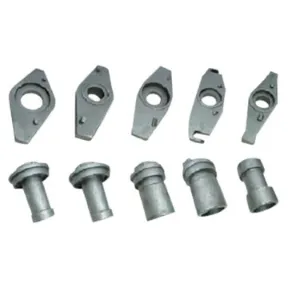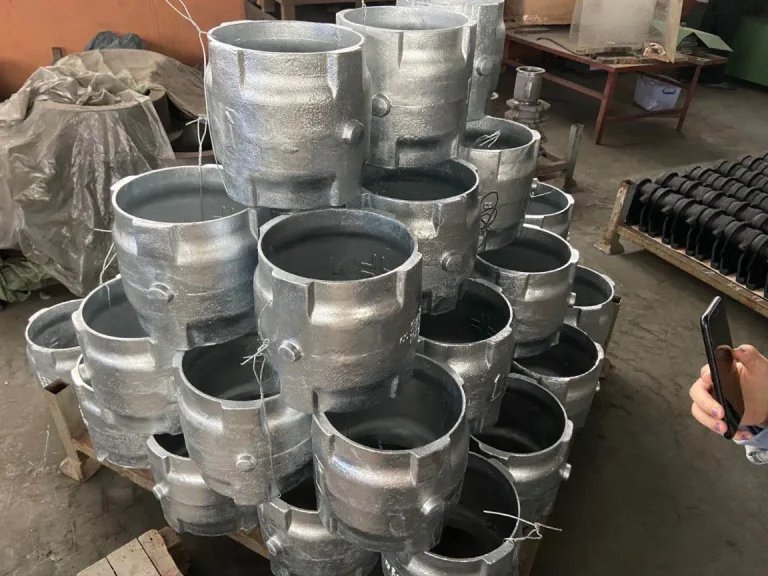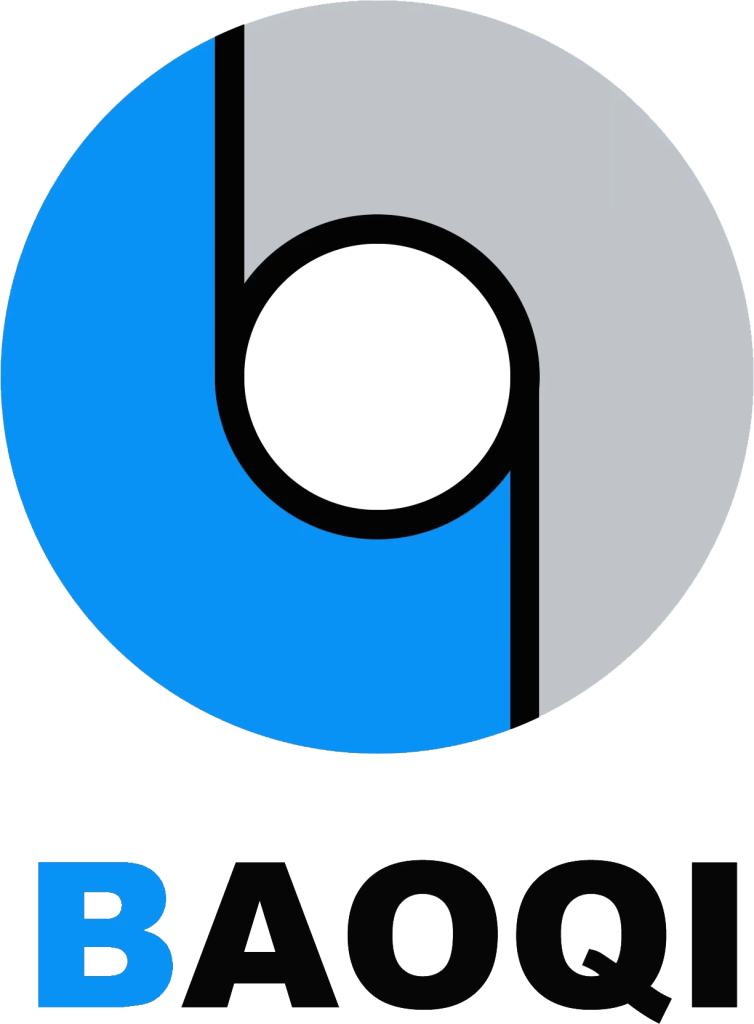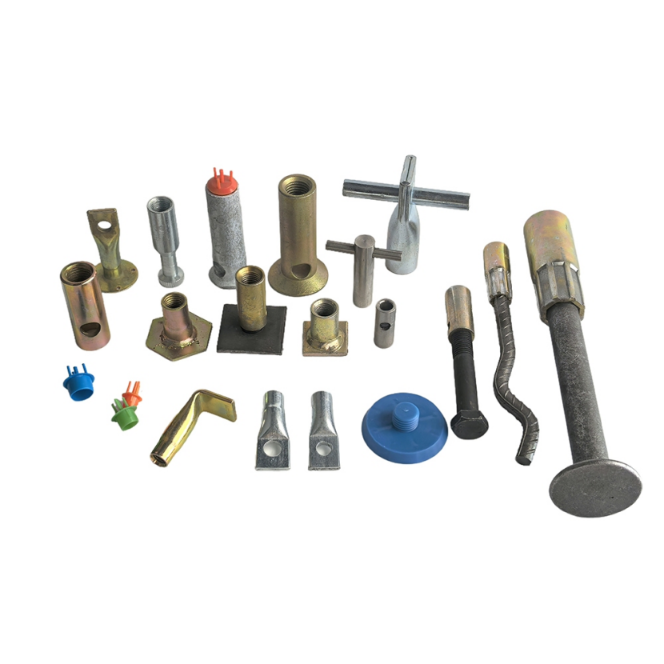
Introduction to Plate Anchors in Construction
Plate anchors are small components with a big role. On many construction sites, they quietly hold the structure together, making sure panels and heavy elements stay where they belong. Whether you are lifting a concrete wall panel or securing a precast block, choosing the right plate anchor and installing it correctly is the difference between smooth progress and costly delays.
BaoQi, a trusted manufacturer in building hardware, provides a full range of lifting systems and anchors that meet international quality standards. If you want to learn more about the company, you can visit BaoQi’s website to read about their values and history.
In this guide, you will see step by step practices for installing plate anchors, common mistakes to avoid, and the products that can make your work safer and faster.
Why Plate Anchors Are Essential in Modern Construction
Stability in Precast Concrete
Plate anchors play a critical role in stabilizing precast elements. These anchors create a reliable connection between concrete components and lifting equipment. In a busy site, this means panels are lifted without twisting or cracking. Products like the Plate Anchor give you that needed stability.
Safety in Heavy Lifting
On a construction site, worker safety is always at the top of the list. Installing anchors correctly reduces the chance of slipping or sudden load shifts. Industry reports show that improper anchor installation has been one of the frequent reasons for accidents involving heavy panels.
Compatibility With Different Systems
From spread anchors to erection anchors, the anchor type you choose has to match your lifting system. For example, Flat Plate Anchors are popular for panels with thinner edges, while other shapes handle higher shear forces.
Preparing the Site and Materials
Checking Concrete Strength
Concrete compressive strength is one of the first factors to confirm. Anchor suppliers usually specify the minimum strength needed. Installing into weak concrete increases the risk of pull out.
Verifying Anchor Capacity
Every anchor has a Safe Working Load (SWL) rating. Catalog data from manufacturers like JCD shows anchors ranging from 500 kg to over 12,500 kg SWL. You need to match the anchor rating with the expected load of the panel.
Using Proper Recess Formers
A recess former ensures the anchor sits at the right depth and angle. Without it, the anchor may rotate or fail during lifting. Rubber or steel recess formers are common and help installers maintain accuracy.
Step by Step Best Practices for Installing Plate Anchors
Step 1: Positioning the Anchor
Mark the panel where the anchor will be placed. Use guidelines from the project engineer. If anchors are too close to edges, concrete may crack during lifting.
Step 2: Securing With Reinforcement
Tie the anchor to the reinforcement steel. This prevents movement when the concrete is poured. Skipping this step is risky since floating anchors reduce overall capacity.
Step 3: Embedding During Pouring
During concrete pouring, keep the anchor aligned. Vibrating concrete helps remove air pockets around the anchor body. A misaligned anchor makes lifting harder later.
Step 4: Checking After Curing
Once the concrete cures, inspect the recess pocket. Clean it from any debris before attaching lifting clutches. This keeps the anchor ready for smooth engagement.
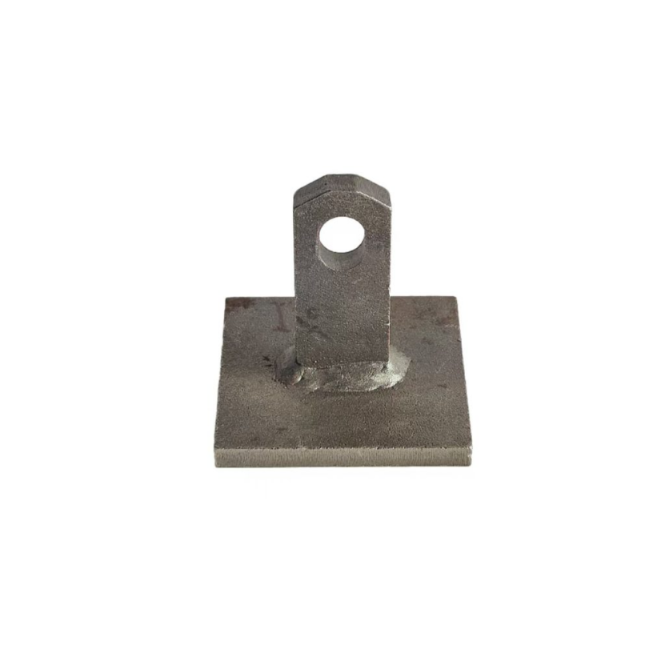
Common Mistakes and How to Avoid Them
Misjudging Load Direction
Anchors are designed for vertical or angled loads. Applying sideways loads can reduce capacity by half. Always check load charts.
Ignoring Weather Conditions
Like scaffolding risks that increase during rain or snow, lifting anchors can also fail if temperature changes cause cracks in concrete. Scheduling lifting operations in stable weather helps.
Overloading Anchors
Using a 2.5T anchor for a 5T panel is a shortcut that leads to failure. A simple rule: never exceed rated loads, and always add a safety margin.
Tools and Accessories That Support Installation
Lifting Clutches
Lifting clutches attach to anchors for moving panels. They must be compatible with the anchor type and load rating.
Recess Formers and Rubber Inserts
These accessories improve installation accuracy. For high load anchors, using steel recess formers is recommended.
Shear Plates and Extra Reinforcement
In panels with thin sections, shear plates distribute the load and prevent tearing. Many catalog models, like shear plate anchors, are designed exactly for this.
Selecting the Right Plate Anchor for Your Project
Flat Plate Anchor for Thin Panels
Thin slabs and façade panels benefit from Flat Plate Anchors. Their design spreads loads more evenly.
Standard Plate Anchor for General Use
For most precast lifting tasks, the Plate Anchor is a reliable choice. BaoQi provides multiple dimensions to fit different loads.
Considering Safe Working Load Ratings
If your project involves panels above 10 tons, you must use anchors with higher SWL ratings. BaoQi’s catalog covers a wide range of capacities.
Why Work With BaoQi for Plate Anchors
BaoQi has long experience in manufacturing lifting and building hardware. From forging to casting processes, the company combines technical know how with strict quality control. All products are tested to meet ISO-9001 standards before shipping.
You can explore their service page to see how they support international buyers or go directly to the contact page for inquiries. BaoQi positions itself not only as a supplier but also as a partner that helps you avoid downtime and installation errors.
FAQ
Q1: What Is the Main Purpose of a Plate Anchor?
A: Plate anchors are used to lift and secure precast concrete elements safely. They transfer loads from the lifting clutch into the concrete body.
Q2: How Do You Choose the Right Anchor Size?
A: Match the Safe Working Load rating of the anchor with the expected weight of the concrete panel, plus a safety margin.
Q3: Can Plate Anchors Be Reused?
A: No, plate anchors are cast into the concrete and remain there permanently. Only lifting clutches and accessories are reusable.
Q4: What Tools Are Needed for Installing Plate Anchors?
A: You typically need recess formers, reinforcement ties, lifting clutches, and cleaning tools for recess pockets.
Q5: Why Should You Source Plate Anchors From BaoQi?
A: BaoQi offers ISO certified production, a wide range of lifting hardware, and international service support, making it a reliable partner for long term construction needs.
